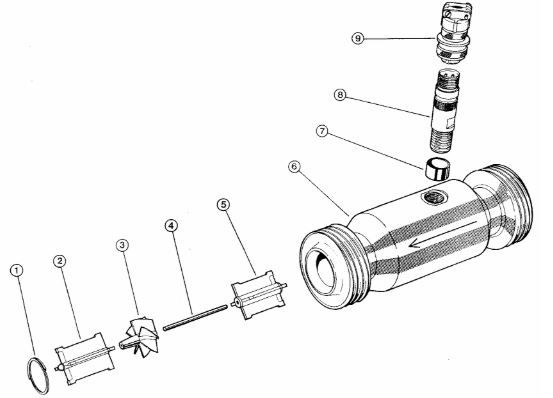
Installation, Installation, Installation
Accuracy is very important when specifying & recommending the most suitable flow meter for an application. Once the flow meter leaves our factory, you naturally want to ensure you achieve the same high accuracy in your application.
This is where a correct installation is all important. Below are some of the most common tips & requirements to ensure the best possible performance of your flow meter/flowmeters. Also, some things to avoid.
Connection type
The type of end connection on the flowmeter can sometimes make a big difference with the ease of installation & is one of the first things to be looked at when specifying your flow meter requirements.
What are your current pipework connections?
Are you restricted in terms of space?
Is the flowmeter something that needs to be quickly removed?
Threaded (for example, BSP) connections are some of the most common & easy to screw into your existing pipework. Flanged connections are another common & easy option, with typically 4 bolts fixing the flow meter into place. Wafer connections, while often a cost-effective solution & short in overall length, can often take some time to get the centre position correct. From a Hygienic point of view (for example, when using our BNO Hygienic turbine flow meter), Tri-clamp connections can be ideal as they are very easy to fit, seal & remove again if required.
Location of flowmeter in your system
Depending on the type of flowmeter specified or supplied, the position of the flow meter in your pipework can make a huge difference between a good accuracy & one that’s not was expected. It’s always a good idea to mount the flow meter in a section of pipework that’s always flooded. This is particularly true of Electromagnetic flowmeters, for example our Flomid. Half full pipes or those that contain pockets of Air can lead to inaccurate & fluctuating readings. Vertically downwards flows, while fine for some types of flowmeter (for example spring restrained flow meters like the DP65) can sometimes be quite turbulent which in turn, can again lead to fluctuating readings. It’s always a good idea to avoid situating the flow meter right next to the outlet of a pump or valve as this again can cause the flow to be quite turbulent.
Operating parameters
Going back to the specifying & recommending of a suitable flow meter, it’s important to know all details of the application as this can sometimes make a big difference. For example, the properties of the fluid - Is it a clean liquid? Is the Gas dry? What is the upstream Pressure? These all play a part when insuring a trouble-free flow meter installation.
If in doubt
If in doubt, or you need reassuring of the post possible type of flowmeter/location of installation, please do contact us. We have a great deal of experience in the best operating & installation practises for flowmeters. It’s in our best interests to ensure you not only receive the best type of flowmeter for your application, but the best possible advice in terms of correct installation too.


